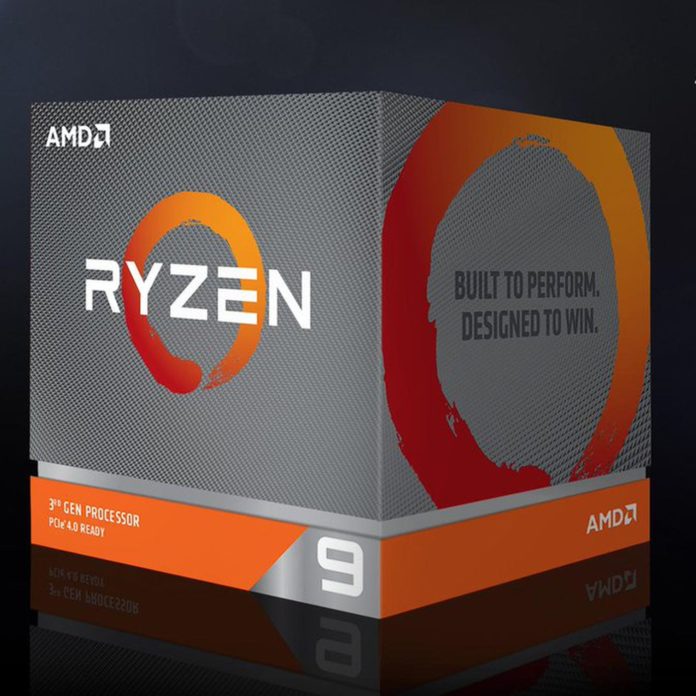Ever since AMD’s Ryzen 3000 CPUs hit the market, Intel has been more or less sidelined in the mainstream desktop market. Better performance, better power efficiency and all that at a cheaper price, this is what the Zen 2 chips offer. However, there is one aspect where they are somewhat disappointing- overclocking. The Ryzen 3rd Gen processors barely budge when it comes to the clock speeds, with the high-end parts not even boosting to their maximum advertised frequencies in most cases. Why is that? Well, you may or may not have heard that AMD’s new CPUs are overclocked out of the box, but that’s not the entire story.
Precision Boost 2 and Precision Boost Overdrive?
AMD
Precision Boost 2 is an opportunistic boost algorithm that drives loaded cores to the highest possible frequency until a limit is encountered: socket power, VRM thermal limit, VRM current limit, or max clockspeed for the part. At the limit, the processor will draw back on boost and dither the frequency until the situation changes. This dithering and analysis loop occurs every 1ms within the Infinity Fabric’s command and control faculties. Precision Boost 2 does not have “all-core boost” or “single-core boost,” and such thinking should be discarded for the product.
What that means is that these chips will hit the advertised boost clocks on as many cores as possible as long as they don’t run into any of the three limits: VRM temperature or current limit or the rated power draw. This is the Precision Boost 2 algorithm.

Precision Boost Overdrive on the other hand when enabled dials up the TDP and current limits to allow higher boost clocks (in theory), but if the limiting factors are the thermals, or perhaps you’re already hitting the maximum boost clock, then PBO won’t do anything. In fact, in most scenarios that what it does: nothing. Generally, you’ll be limited by temps (in addition to power) and here Precision Boost Overdrive is pretty much useless. However, if your Ryzen 3000 CPU is already boosting past the base clocks, it might help it sustain these boost clocks for longer intervals and on more cores by providing the extra juice. Furthermore, if you have a decent cooling solution and still aren’t able to yield the advertised boost clocks, then PBO might get you somewhere.
What’s this AutoOC?
AutoOC does what it says it does, but there’s a caveat. You are still bound by those three factors: power, temperature
Read more:



Is AIO Colling systems good for overclocking cpu.
The 3700x and 3600x are limited by power so they wont go that high. The 3800x and the 3900x should
The AIO was made to extreme overclocking, so don’t worry about it
I think you should go with the most bigger one like 360mm…..all though its depend on what cpu are you using